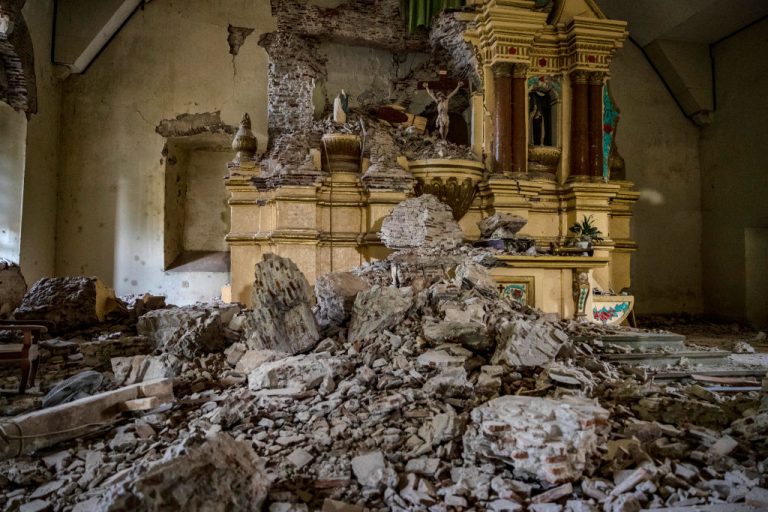On Wednesday, July 28, a 7.0-magnitude earthquake rocked the northern Philippines, killing five and injuring 130 others.
The quake, which could be felt as far away as Manila, severely impacted local infrastructure, toppling and cracking buildings. Following a brief power outage, power was restored and the government is working to address the damage.
Luzon shakes under pressure
The quake struck the northern island of Luzon, the Philippines’ most populated island, at 8:43 a.m. local time (8:43 p.m. ET), according to the U.S. Geological Survey (USGS). Initially, the quake was measured at a magnitude of 7.1, but the USGS revised it down to 7.0.
According to the USGS, the epicenter of the quake was situated 13 kilometers (eight miles) southeast of the town of Dolores, Abra province, at a depth of 10 kilometers (6 miles).
The force of the quake was powerful enough to be felt in Manila, the country’s capital, more than 400 kilometers (250 miles) away from Dolores. Despite its distance from the epicenter of the quake, the city still had several of its buildings vacated and its metro rail systems ceased operations for a short period of time, al-Jazeera reported.
Success
You are now signed up for our newsletter
Success
Check your email to complete sign up
According to Renato Solidum, the head of the Philippine Institute of Volcanology and Seismology (Phivolcs), the quake was centered in Abra province — a region surrounded by valleys and mountains.
The quake affected more than 21,000 people, and caused an estimated $687 million worth of infrastructure damage, the Philippine National Disaster Risk Reduction and Management Center said. An estimated 400 hundred homes were damaged as well as schools, hospitals and bridges. The old Vigan Cathedral and Banta Bell Tower were also damaged by the quake, the state-run Philippine News Agency (PNA) reported.
The walls of houses and other buildings were cracked, while some others collapsed entirely in Abra.
One hospital was evacuated after partially collapsing, with no casualties reported, officials said. Patients — some in wheelchairs — and medical staff were evacuated from at least two hospitals in Manila, but were then told to come back after it was reported that there were only minor cracks on the walls.
Tragically, five people were killed, mainly from collapsing structures. A villager in Abra province was killed by cement slabs in his house. In Benguet province, a worker was crushed when a small building that was under construction tumbled in the town of La Trinidad.
According to Phivolcs, the quake also caused a total of 58 landslides. Large boulders came rolling down onto a road in the town of Bauko, forcing the shutdown of the travel route.
Filipino photojournalist Harley Palangchao and his companions happened to be in two vans going down Mountain Province when they saw a landslide coming towards them. They managed to escape the landslide, but one of them was injured after their van was struck by a boulder.
“I was thinking there should be at least a record if something happened to us,” Palangchao told the Associated Press (AP). “It was a horrific experience.”
An article containing a collection of photos, published by al-Jazeera, from the disaster zone, depicts the destruction, as well as people coming together to help others and remove debris.
President Ferdinand Marcos Jr. was supposed to visit Abra to assess the damage on Thursday, July 29, but had to postpone the trip to allow rescue teams to help those in need. While power is being restored, water remains difficult to access.
“We don’t have power supply because that’s automatically cut off due to danger,” Mayor Rovelyn Villamor of the town of Lagangilang told DZRH radio.
Phivolcs warned citizens that they should be prepared to face aftershocks, but it did not declare a tsunami warning since the quake happened too far inland.
“We are still experiencing aftershocks. We have received reports of damages to houses. But so far no casualties,” Villamor said.
READ MORE:
















